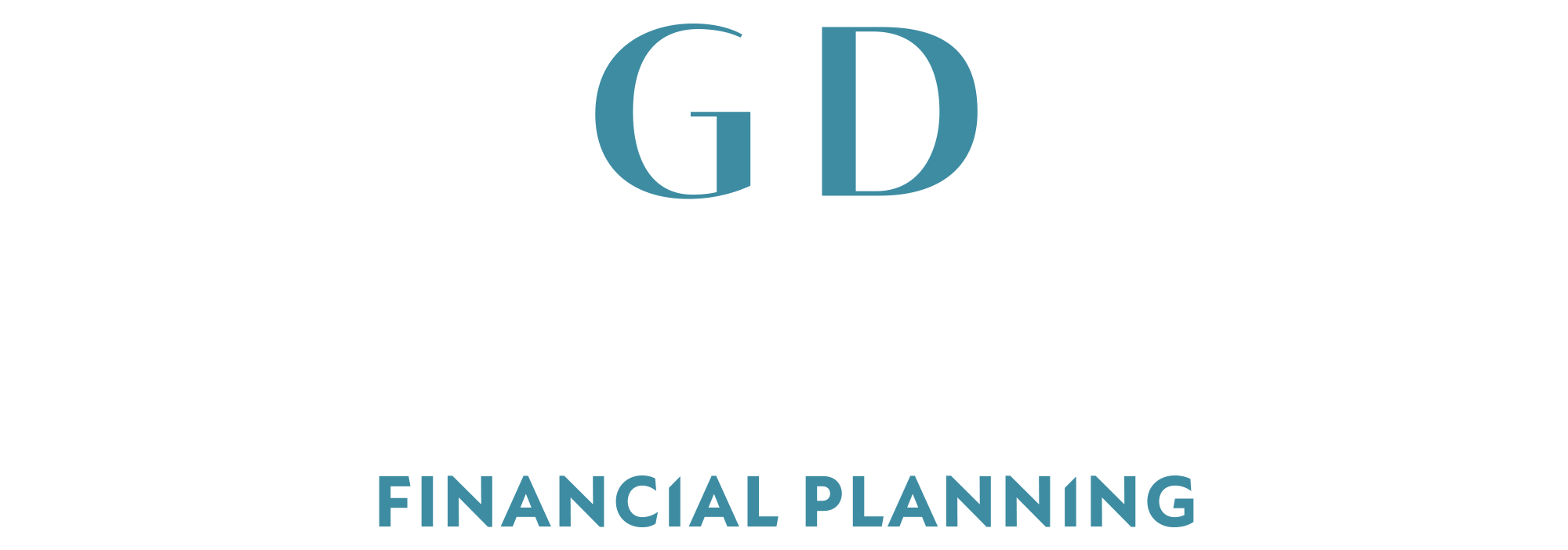Blog
GDIM Investment Market Review & Outlook | October 2021
Disruptions in energy and logistics markets have affected us all in recent times, from higher gas prices to searching for fuel on the roads. There is much talk of higher inflation in the imminent future and this would seem to be logical in times of rising economic growth.
In much of our correspondence this year we have written about a forecast rise in inflation, potentially higher interest rates and higher levels of volatility toward the year’s end. We have seen much of this start to play out in both stock and bond markets in recent weeks. Driven by fears of higher prices, not only at the pump, but in supermarkets and elsewhere too, the headlines of higher prices have done much to worry investors.
The increase in gas prices have been driven by both supply and demand factors and should be relatively short-lived as the issues are not long-term problems. The petrol price has risen on the widely-reported shortages, not of fuel, but of drivers. The UK has around 100,000 less HGV drivers than it had in 2016. As returning foreign workers and newly trained drivers, tempted by the sharply elevated wages, start hitting the roads this issue should also abate. It may be too early to tell but talk of stock shortages for Christmas look to be overblown. Increases in salaries will contribute to inflation but this tends not to be the destructive value-sapping kind and should be economically stimulative, as it will tend to affect those with highest propensity to spend.
The question for us has been ‘How will higher prices affect our portfolios’?
Central bank policies have been even more keenly observed than the intense scrutiny they usually endure and we can now be assured that the UK will likely start a period of slow interest rate hiking in the first half of next year. This should continue gradually until the rate hits 1%, at which point they will pause this to start decreasing the asset purchasing programme that has supported markets in recent years. The US should be taking a different tack and we expect the Federal Reserve to announce a tapering of asset purchases in November, to commence early in 2022. These movements will be negative for the fixed income instruments we hold for protection in portfolios and we took action to significantly reduce the most sensitive of these earlier in the year.
We have been mindful of the threat of rising inflation, however transitory it may be, for some time, and we have carefully weighed up the potential economic impact for each region. Our natural propensity for higher quality companies with a strong degree of pricing power means that our portfolios are already populated with equities that should benefit in an environment of rising prices, and we have increased this proportion of portfolios too. We will, of course, still be susceptible to the higher volatility that will accompany a move toward a higher interest rate environment and the recent falls in markets is demonstrative of this.
It is possible that we may choose to add some further, more specific, inflation protection as the situation unfolds but feel that as the environment develops, we should be well-positioned for the longer-term. We remain firmly of the opinion that inflation will be a factor to contend with for the next 6-12 months before growth rates begin to wane, employment settles into more normal patterns and the longer-term disinflationary forces, such as perennial technological advances, weigh on the need for labour. We would expect inflation rates to be back around target levels (typically 2%) by the end of next year.
For further details, please read our full Investment Market Review and Outlook at the links below. Performance sheets look at our Whole of Market, Passive, and Ethical Investment Model Portfolios over the last five years:
Newsletter
Sign up to have our latest content delivered straight to your email inbox.


 .
. 